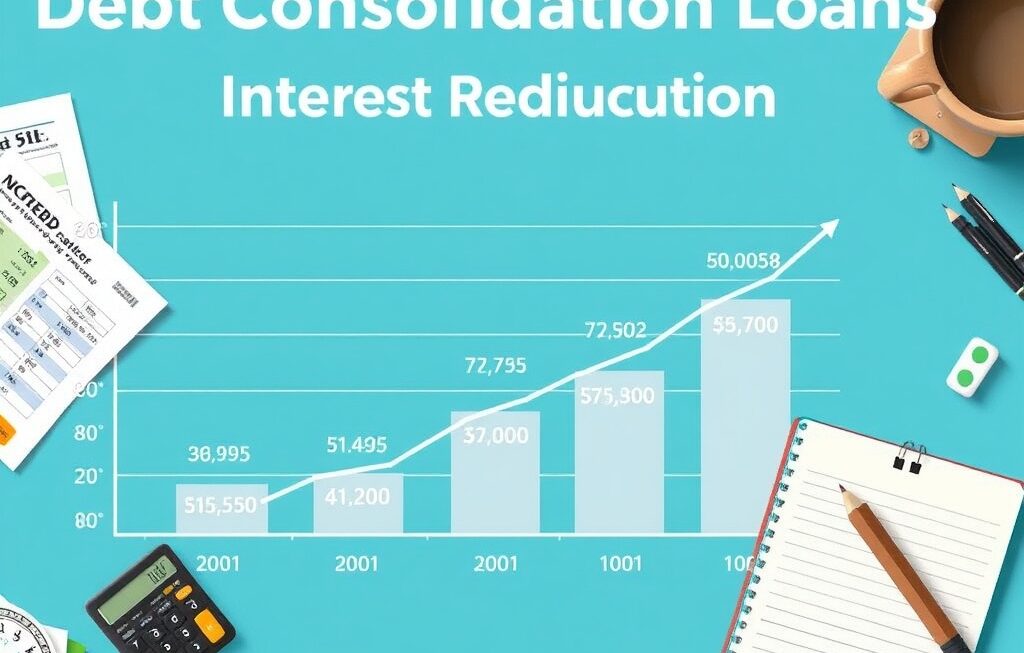Navigating the world of personal finance can feel like deciphering a secret code. Jargon like “debt-to-income ratio” gets thrown around, leaving many feeling lost. But understanding this ratio is crucial, especially if you’re planning to apply for a loan, mortgage, or even a new credit card. It’s a key indicator lenders use to assess your ability to manage debt, and knowing your DTI can empower you to make smarter financial decisions. Let’s break down what debt-to-income ratio really means and how you can improve yours.
What is Debt-to-Income Ratio?
Definition and Calculation
Your debt-to-income ratio (DTI) is a simple percentage that compares your total monthly debt payments to your gross monthly income. It essentially tells lenders how much of your income is already committed to paying off debts. The formula for calculating DTI is:
- DTI = (Total Monthly Debt Payments / Gross Monthly Income) x 100
- Total Monthly Debt Payments: This includes recurring debts like credit card payments, student loans, auto loans, personal loans, mortgage payments (including principal, interest, taxes, and insurance – PITI), and child support or alimony.
- Gross Monthly Income: This is your income before taxes and other deductions. Include income from all sources, such as salary, wages, bonuses, investment income, and alimony received.
Why DTI Matters
Lenders use your DTI to evaluate your creditworthiness. A lower DTI generally indicates that you’re managing your debt well and are less likely to default on a loan. Conversely, a higher DTI signals a higher risk to lenders. Understanding your DTI is also crucial for your own financial planning. It allows you to:
- Assess your current debt burden.
- Plan for future financial goals, such as buying a home or starting a business.
- Identify areas where you can reduce debt or increase income.
- Example: Let’s say your monthly debt payments are $2,000, and your gross monthly income is $6,000. Your DTI would be ($2,000 / $6,000) x 100 = 33.33%.
Understanding DTI Ranges
What’s Considered a Good DTI?
The ideal DTI varies depending on the type of loan you’re applying for and the lender’s criteria. However, here’s a general guideline:
- 36% or less: Excellent. This indicates a healthy financial situation and a low debt burden. Lenders view this as a sign of responsible debt management.
- 37% to 42%: Good. This is a manageable DTI, but there’s room for improvement. You may still qualify for loans, but interest rates might be slightly higher.
- 43% to 49%: Fair. This DTI is starting to push the boundaries, and lenders may be more cautious. Securing loans might be more challenging, and interest rates could be higher.
- 50% or higher: Poor. This indicates a high debt burden and suggests that you may struggle to manage your debt obligations. Lenders will likely consider you a high-risk borrower.
DTI and Loan Approval
Different types of loans have different DTI thresholds. For example:
- Mortgages: Lenders often prefer a DTI of 43% or less for qualified mortgages. However, some government-backed loans, like FHA loans, may allow higher DTIs.
- Auto Loans: The acceptable DTI for auto loans can vary widely, but lenders generally prefer a DTI below 50%.
- Credit Cards: Credit card companies typically don’t explicitly state DTI requirements, but a lower DTI increases your chances of approval and better credit limits.
Factors Affecting DTI
Income Fluctuations
Unstable or fluctuating income can negatively impact your DTI. Lenders prefer borrowers with stable and predictable income streams. If you’re self-employed or have variable income, providing documentation demonstrating consistent earnings is crucial.
- Actionable Tip: Maintain thorough records of your income, including tax returns, bank statements, and invoices.
High Debt Balances
Obviously, the more debt you have relative to your income, the higher your DTI. Prioritizing debt repayment is essential for improving your DTI.
- Actionable Tip: Consider strategies like the debt snowball or debt avalanche method to accelerate debt repayment.
Interest Rates
High interest rates on your debts increase your monthly payments, thereby increasing your DTI. Look for opportunities to refinance your debts at lower interest rates.
- Actionable Tip: Check for balance transfer offers on credit cards or refinance options for student loans and mortgages.
Strategies to Improve Your DTI
Increase Your Income
Increasing your gross monthly income is a direct way to lower your DTI. Consider these strategies:
- Negotiate a raise: Research industry standards and demonstrate your value to your employer.
- Take on a part-time job or side hustle: Explore opportunities that align with your skills and interests.
- Rent out a spare room or property: Generate passive income by leveraging your assets.
- Sell unused items: Declutter your home and sell items you no longer need.
Reduce Your Debt
Reducing your monthly debt payments is another effective way to improve your DTI.
- Create a budget and track your spending: Identify areas where you can cut expenses and allocate more funds to debt repayment.
- Prioritize high-interest debt: Focus on paying down debts with the highest interest rates first.
- Consolidate your debts: Consider consolidating high-interest debts into a single loan with a lower interest rate.
- Avoid taking on new debt: Resist the urge to accumulate more debt while you’re working to improve your DTI.
Refinance Existing Loans
Refinancing your loans at a lower interest rate can significantly reduce your monthly payments and improve your DTI.
- Shop around for the best rates: Compare offers from multiple lenders to find the most favorable terms.
- Consider loan term adjustments: Lengthening your loan term can lower your monthly payments, but it will also increase the total interest you pay over the life of the loan. Carefully weigh the pros and cons.
Conclusion
Understanding and managing your debt-to-income ratio is a critical aspect of personal finance. By calculating your DTI, understanding the different DTI ranges, and implementing strategies to improve it, you can increase your chances of loan approval, secure better interest rates, and achieve your financial goals. Regularly monitoring your DTI and making necessary adjustments will empower you to maintain a healthy financial profile and navigate the world of credit with confidence.



